12 October 2022
New insights into treatment of acne, improved wound healing to minimize the risk of chronic wounds, and investigations on how plant cell walls could help us treat psoriasis in patients. With 8 new research projects, results hope to contribute with new knowledge and understanding of skin diseases and their care.
8 researchers receive a total of DKK 30 million (EUR 4 million) towards advancement of our understanding of the skin and skin diseases in the LEO Foundation’s latest round of the research grants in open competition.
The grantees propose an exciting range of research focuses – from psoriasis to insights into the skin barrier function – and hail from an international spread of research institutions – from the University of Zurich in Switzerland to Monash University in Australia. The scientists together propose an excellence of research, and each receive between DKK 2.8- 4.2 million for their individual project.
Michael Simpson from King’s College London in the UK is one such grantee, proposing research with insights into the stigmatizing skin disease acne vulgaris. Through Michael’s studies, the genetic data of over 60,000 individuals suffering from acne is to be analyzed, hoping to help identify one or more treatment targets for the disease. Through their studies, Michael and his team aim to be able to provide better care for those battling acne’s daily turmoil.
Two other grantees, hailing from Karolinska Institutet in Sweden, also represent intriguing research projects. Ning Xu Landén – previous winner of the LEO Foundation Award 2020 in Region EMEA – aims to research wound healing, exploring whether improvement and acceleration can be made to wound healing processes – minimizing the risk of development of chronic wounds. With the proposed research, Ning and her team hope to pave the way for a novel approach to wound healing, which may also eventually reduce subsequent scarring.
Rikard Holmdahl, on the other hand, has discovered that mannan, a large natural sugar molecule found in plant cell walls, can induce a psoriasis-like condition in mice which strongly resembles human disease in terms of both genetics and clinical presentation. Through this animal model, Rikard intends to investigate its potential to better treatment of both psoriasis and psoriatic arthritis, also hoping to improve upon early diagnosis of the diseases.
A grant also travels all the way to Australia in this round, as Asolina Braun from Monash University attempts to discover new treatment targets for psoriasis. She aims to achieve this by identifying and characterizing the key self-antigens presented to autoreactive T-cells in psoriasis (PsO) patients.
“With an aim to support the advancement of our understanding of the skin and skin diseases, we feel confident that the latest round of research grants in open competition with grant recipients from all over the world, will boost the efforts of the best dermatology research projects worldwide,” says Anne-Marie Engel, Chief Scientific Officer at the LEO Foundation.
Full description of all 8 research projects and their impact upon the global scene of dermatology can be found below.
Asolina Braun
Senior Research Fellow, Monash University, Australia, DKK 4m
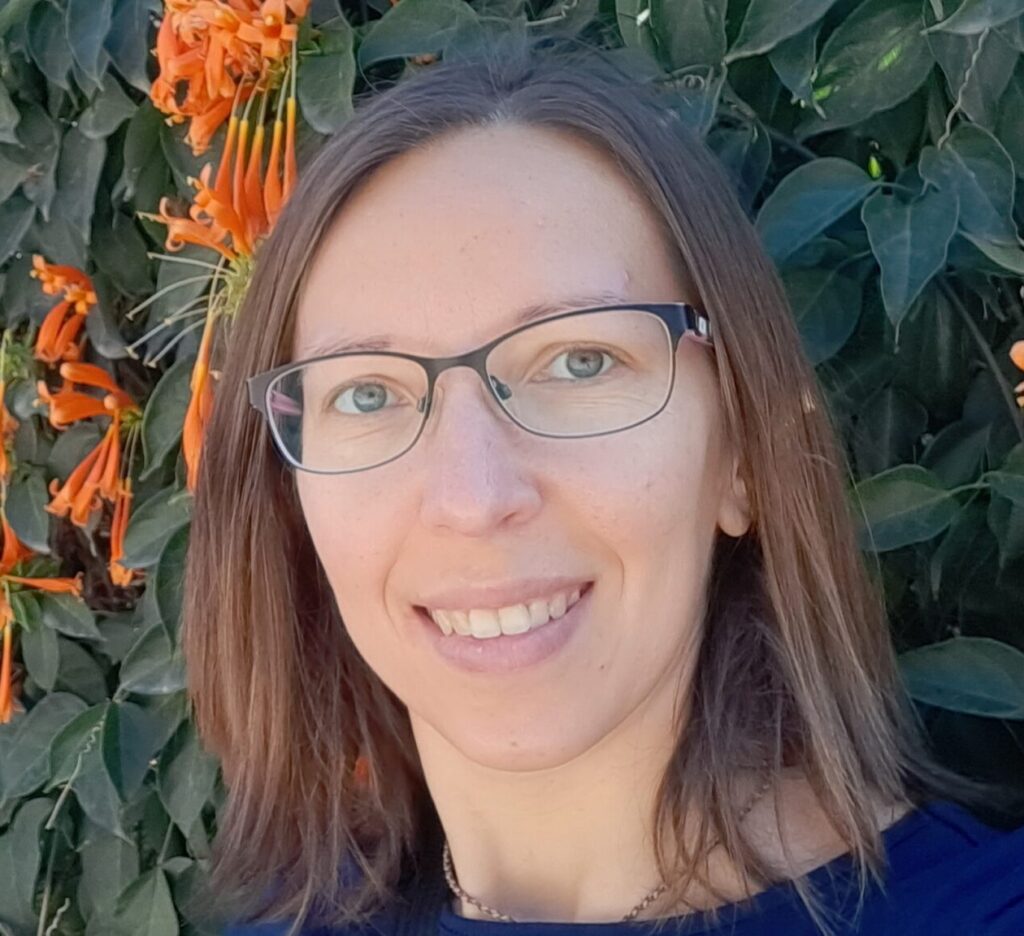
Asolina Braun, along with her team and colleagues Professor Anthony Purcell and Professor Johannes Kern, aims to identify and characterize the key self-antigens presented to autoreactive T-cells in psoriasis (PsO) patients. Specifically, she will look at molecules displayed by the major psoriasis genetic risk determinant to identify new treatment targets.
Psoriasis is believed to be an autoimmune disease in which T cells of the immune system recognize short protein sequences (antigens) from the body’s own cells and subsequently attack and destroy tissues inducing a chronic state of inflammation. The initial priming of the T-cells occurs when antigens are presented on the surface of cells by human leukocyte antigen (HLA) receptors, the same molecules that need to be matched in organ transplantations. Among the HLA molecules, the HLA-Cw6+ variant is particularly abundant in psoriatic patients (50% of all and 80% of early onset patients), and Asolina and her team aim to characterize the specific antigens presented by this particular HLA receptor to identify potential targets for future immune therapy like the induction of tolerance in food allergies. The team has already generated the peptide (antigen) library necessary to investigate targets and has created a transgenic mouse model containing the desired HLA receptor to present the antigens. They will also use patient-isolated T-cells to examine the responses and identify the most important peptide antigens contributing to the disease. In parallel, they will investigate if the original trigger of the autoimmune response is caused by peptides from virulent (disease-causing) strains of the environmental pathogenic bacteria, Streptococcus pyrogenes.
Salomé LeibundGut-Landmann
Professor, University of Zurich, Switzerland, DKK 4.2m
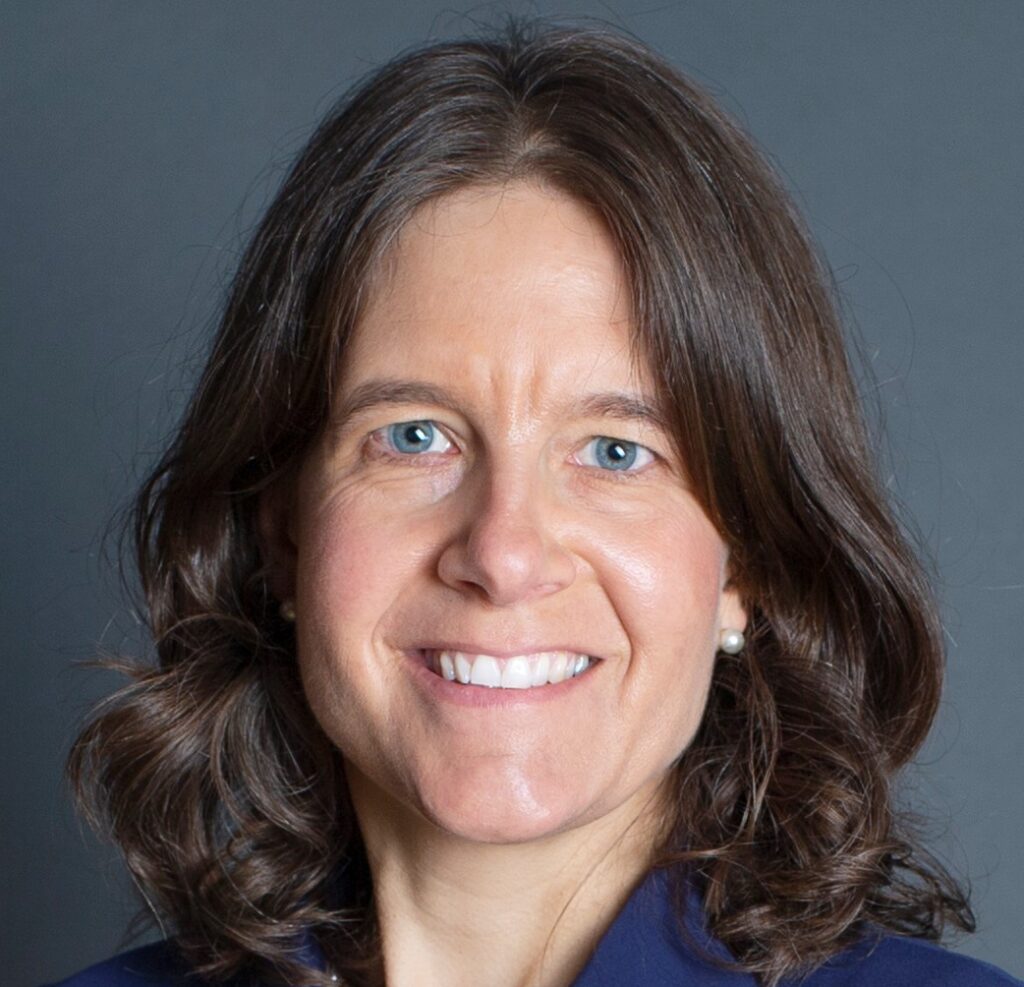
With this project, Salomé LeibundGut-Landmann along with collaborator Giuseppe Ianiri aims to investigate the importance of aryl hydrocarbon receptor (AhR) activation in relation to treatment of allergic skin reactions, including atopic dermatitis.
AhR is a so-called transcription factor, activated by cyclic (aromatic) compounds, which regulates cellular signaling. It is known that AhR is important for maintaining the skin barrier and a healthy cutaneous immune system and Salomé and her team propose that this, at least in part, is regulated by the release of such aromatic compounds by the commensal (non-pathogenic) and very common skin fungal class, Malassezia.
Using both human keratinocytes and mouse models, this hypothesis will be tested and the biosynthetic pathways of aromatic binding partners (ligands) for Ahr produced by Malassezia strains will be characterized.
If successful, the understanding of the interplay between commensal fungi as part of the skin microbiome and cellular maintenance of the skin barrier could provide novel approaches for treating allergic reactions and other skin inflammatory conditions, like atopic dermatitis.
Ning Xu Landén
Associate Professor, Karolinska Institutet, Sweden, DKK 4.2m
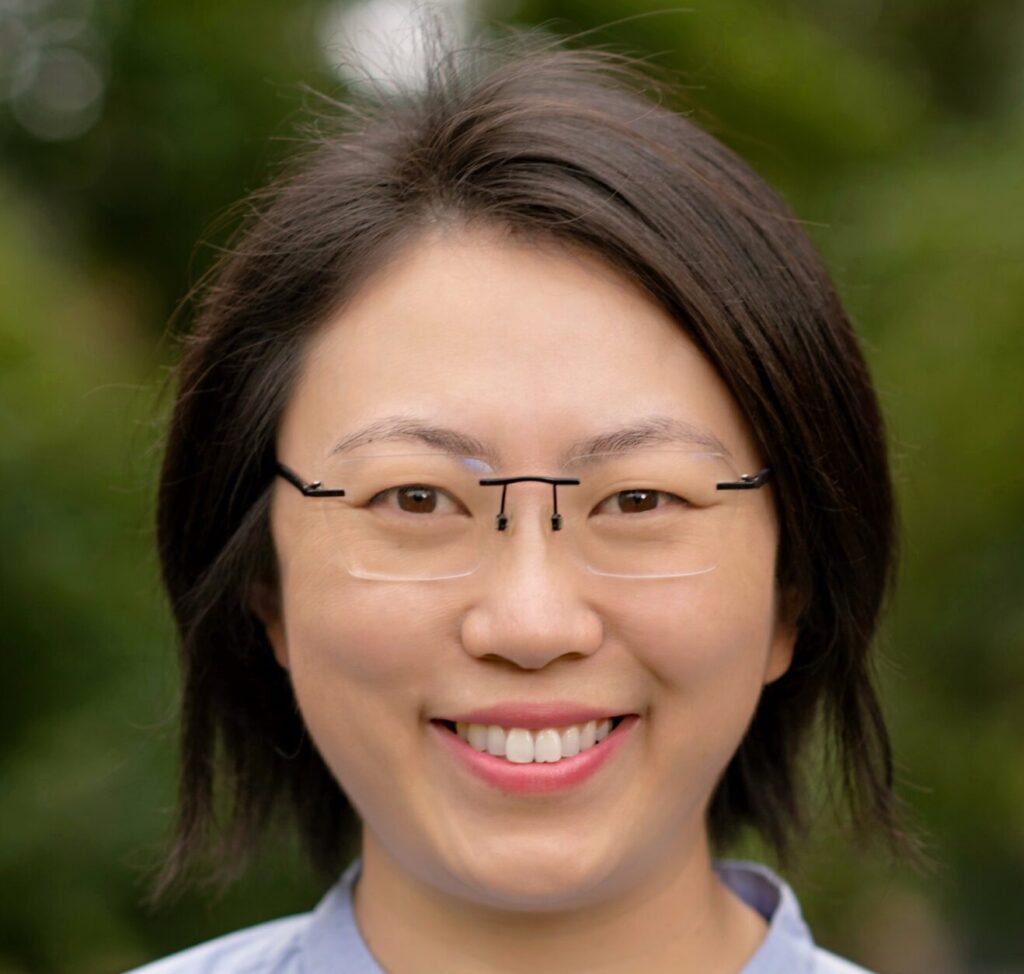
Ning Xu Landén’s project seeks to improve wound healing by identifying key regulators of cellular transition from inflammation to proliferation, a cardinal event during normal skin wound healing which is lacking in chronic wounds.
Ning and her team will approach this by mapping the spatiotemporal changes, both genetic, molecular and cellular, happening during the healing of acute wounds. Using this mapping, she and her team will then aim to identify the core genetic changes and intercellular crosstalk which regulates the inflammation to proliferation transition. Once identified, these changes and intercellular crosstalk will be characterized in more detail.
The ultimate goal is to identify the “master” regulators of inflammation-to-proliferation transition in order to improve and accelerate wound healing and thus minimize the risk of development of chronic wounds.
If successful, this project could pave the way for a novel approach to wound healing which may also eventually reduce subsequent scarring.
Rikard Holmdahl
Professor, Karolinska Institutet, Sweden, DKK 3.6m
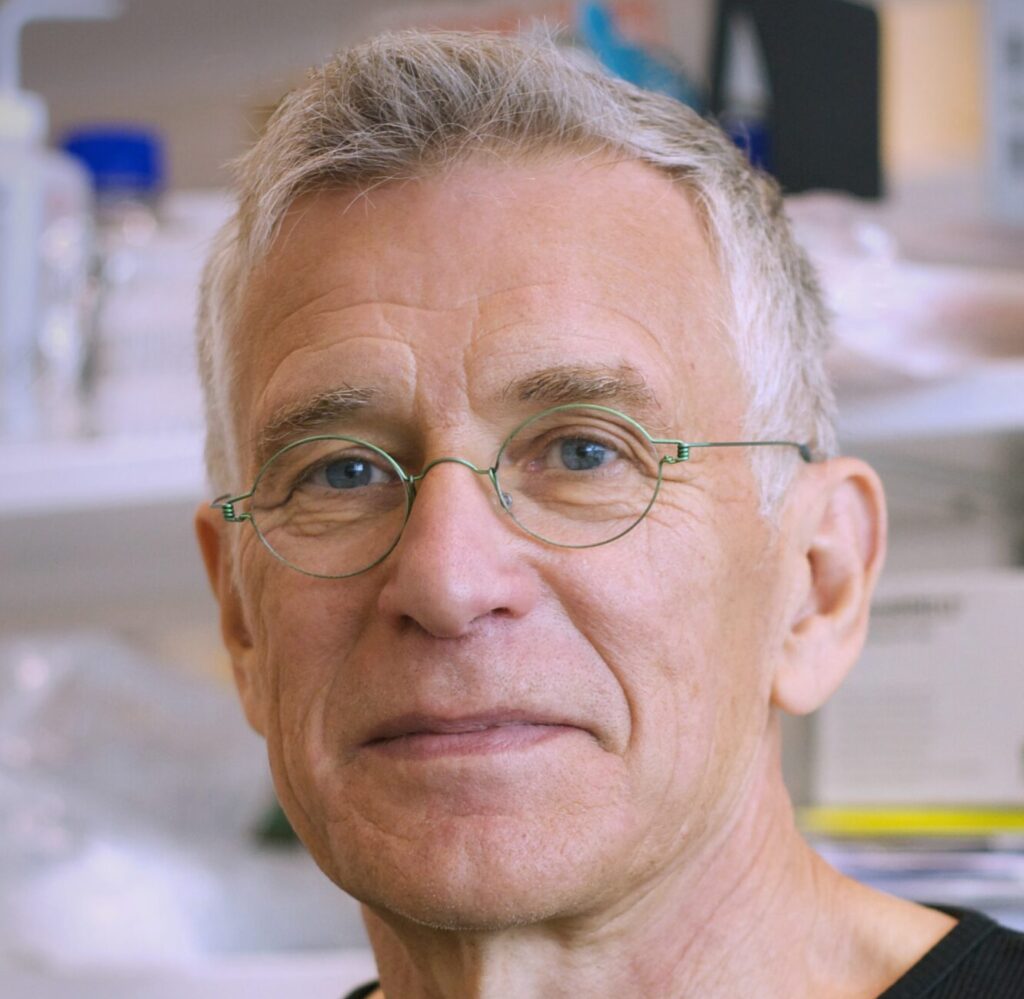
Rikard Holmdahl and his team have discovered that mannan, a large natural sugar molecule found in yeast and plant cell walls, can induce a psoriasis-like condition in mice which strongly resembles human disease in terms of both genetics and clinical presentation.
The aim of Rikard’s research is to investigate the potential of this animal model to improve our understanding of disease mechanisms, predict disease progression and potentially treat psoriasis and psoriatic arthritis by modifying the sugar structure of mannan – hereby increasing the cellular level of reactive oxygen species which appears to be protective against disease development and progression.
In addition, Rikard’s team aims to identify new diagnostic (auto-)antibodies, found both in the mannan-induced psoriasis (MIP) mouse model and in a cohort of psoriatic arthritis patients, to improve early diagnosis and hence improve intervention.
If successful, the results could provide a new and more exact tool to further investigate what causes psoriasis and psoriasis arthritis, while at the same time potentially improving the efficiency of early diagnosis and subsequent treatment.
(photo by Vilma Urbonaviciuete)
Claus Johansen
Associate Professor, Aarhus University, Denmark, DKK 3.2m
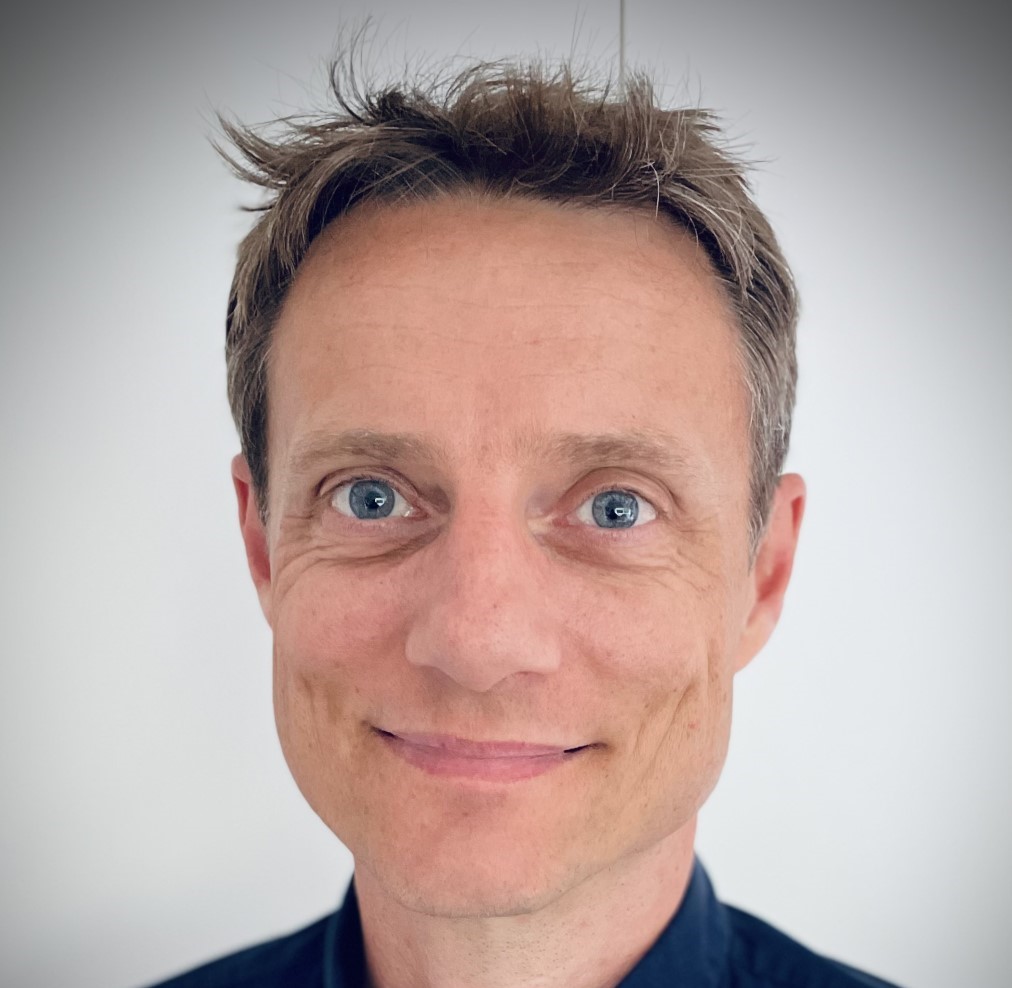
Claus Johansen’s project investigates the role of the protein ERAP2 in the pathogenesis of psoriasis.
Psoriasis is considered an autoimmune disease – i.e., a disease in which the T-cells of the immune system attack and destroy the body’s own cells by error. During an exposure to external factors (peptides, bacteria etc) a system of specialized cells engulfs, digests, and presents peptide fragments (antigens) of these external factors on their surface to the body’s immune cells – usually cytotoxic CD8+ T-cells – which, once activated, then surveil, identify, and destroy foreign elements containing that specific peptide or peptides with very similar overall structure. The peptides are presented by a specific receptor, called the human leukocyte antigen (HLA) receptor and it is well-known that a particular subtype of this receptor, the HLA-C receptor is dominant in psoriatic patients – still, concrete disease-specific self-antigens have not yet been identified. Recent results have indicated that a protein, ERAP2, which facilitates the association of antigen peptides to HLA receptors may have a role to play in the erroneous recognition of self-antigens in autoimmune diseases like psoriasis. Claus and his team aim to clarify the role of this protein in the current proposal.
If successful, their project may help shed further light on the autoimmune characteristics of psoriasis – and eventually help guide new treatment approaches.
Michael Simpson
Professor of Genetics, King's College London, UK, DKK 2.9m

The aim of Michael Simpson’s project is to identify potential cellular or molecular targets for acne treatment, based on analysis of genetic variation found in a large pool of acne patients.
Acne vulgaris is a very common skin disease which is characterized by clogging and inflammation of the pilosebaceous unit, which consists of a sweat gland and a hair follicle including the hair itself. While various potential causes leading to the disease have been investigated over the years, the underlying disease mechanisms have not yet been sufficiently elucidated. One common approach to learning more about cellular and molecular causes for development of disease in some people is to investigate changes in the genes that influence the behavior and communication paths of cells – the signaling cascades known to be involved in the disease. Michael and his team have previously identified several areas (loci) in the human genome which are associated with acne.
They now want to study these areas in further detail to better understand the causal molecular and cellular events that lead to acne and hopefully identify targets for treatment. They will use a three-step approach. Firstly, by identifying the genetic variants linked to the disease by analyzing genetic data from more than 60,000 individuals with acne. Secondly, they will cross-link these variations to create a map of the signaling pathways and associated cells responsible. Finally, based on this mapping, they expect to be able to identify targets for future treatments of the disease. If successful, the results may provide the first steps towards a better and more targeted treatment for this very common and socially stigmatizing skin disease.
Jeffrey Cheng
Associate Professor, The Regents of The University of California San Francisco, USA, DKK 4m
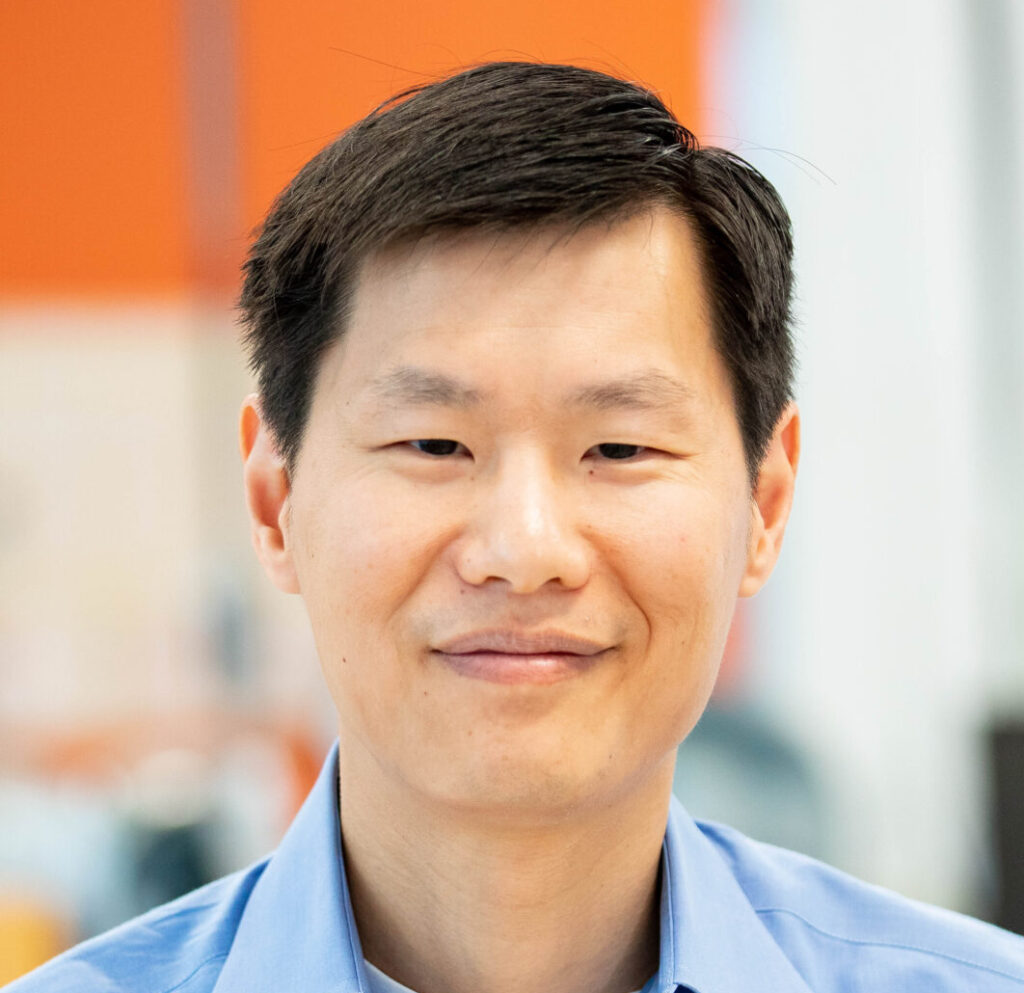
Jeffrey Cheng’s project aims to improve our understanding and discrimination of chronic atypical skin rashes which do not fit into well-defined clinical categories. Jeffrey along with his team will approach this by first mapping gene expression variations on a single cell level for a number of prototypical rash types. This will allow them to create a framework to identify variations that can discriminate between well characterized rash types, which each have different treatment regimens. While they have already done this for rashes with atopic dermatitis- and psoriasis-like features, this project will add information about rashes with features common to cutaneous sarcoidosis and lupus erythematosus. Based on these findings, Jeffrey aims to establish a more accessible approach to classify these rashes by assessing tissue samples for presence of disease-relevant proteins.
If successful, Jeffrey and his team will provide important guidance for optimal classification and subsequent treatment of otherwise indeterminant rashes.
Ellen van den Bogaard
Professor, Radboud University Medical Center, Netherlands, DKK 3.9m
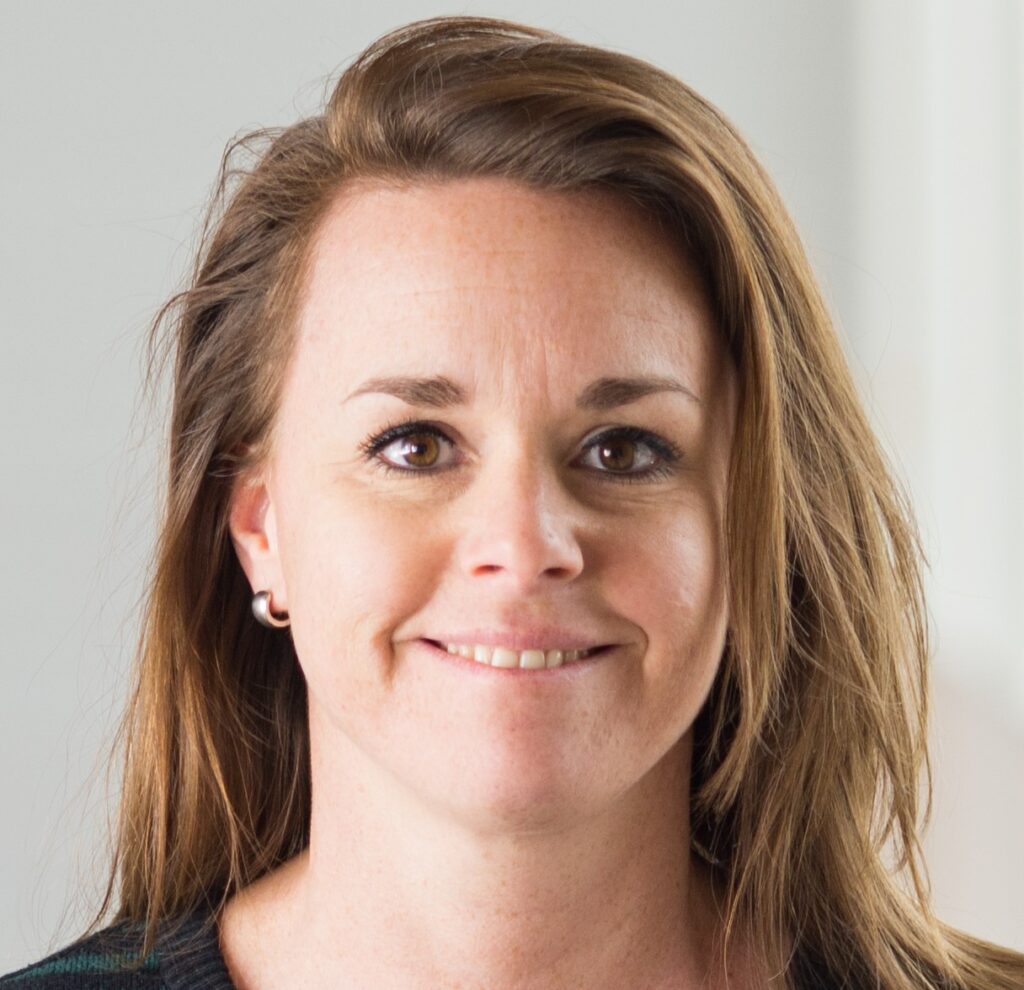
The aim of Ellen’s project is to improve the understanding of the role of skin protein filaggrin (FLG) in regulating and controlling epidermal keratinocyte robustness and differentiation.
Ever since the discovery that loss-of-function mutations in the FLG gene are the main risk factor for developing Atopic Dermatitis (AD), many studies have aimed to relate the presence or absence of FLG to processes involved in skin homeostasis. The filaggrin protein is comprised of several repetitive elements as well as two unique domains, A and B. While many mutations in the filaggrin monomers are known to be important in AD, the role of the A and B domains have been less studied.
Previous investigation, featuring collaborator and postdoctoral fellow Jos P.H. Smits, discovered that mutations in these domains affect the expression of genes that are important for terminal differentiation of epidermal keratinocytes. The terminal differentiation of keratinocytes is important for the formation of the skin barrier. In this project, the team want to expand initial findings into elaborate studies using 3D skin organoids, also called “human skin equivalents” combined with in-depth molecular and functional analyses. Ellen’s group has developed many of these 3D skin equivalents to resemble both the structure and environment of real skin. By exposing the skin equivalents to relevant environmental factors, they will study how mutations in the filaggrin A and B domains affect keratinocyte differentiation and terminal fate and ultimately the overall skin barrier function. The hope is to identify potential new targets for therapeutic interventions in AD by modifying the expression of filaggrin and thereby regulating the barrier function of the skin.
Application and evaluation process
The LEO Foundation has established a formal evaluation process with a panel of national and international external experts from the skin research community to assist the Board in ensuring that our grants are given to the best projects and the most qualified applicants.
All applications are evaluated by the LEO Foundation’s independent Scientific Evaluation Committee. Based on the evaluations by the Scientific Evaluation Committee, the final decisions on grants are made by the Board.
Next application round in 2023
The LEO Foundation calls for applications for research projects focusing on the skin and its diseases on an ongoing basis. The next application round is open in 2023.
The competition is open to talented skin researchers at PhD level or above from any country. The typical grant amount applied for is DKK 2-4 million for a period of 1-3 years. Researchers who would like to apply for a LEO Foundation research grant can apply here.
